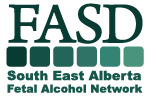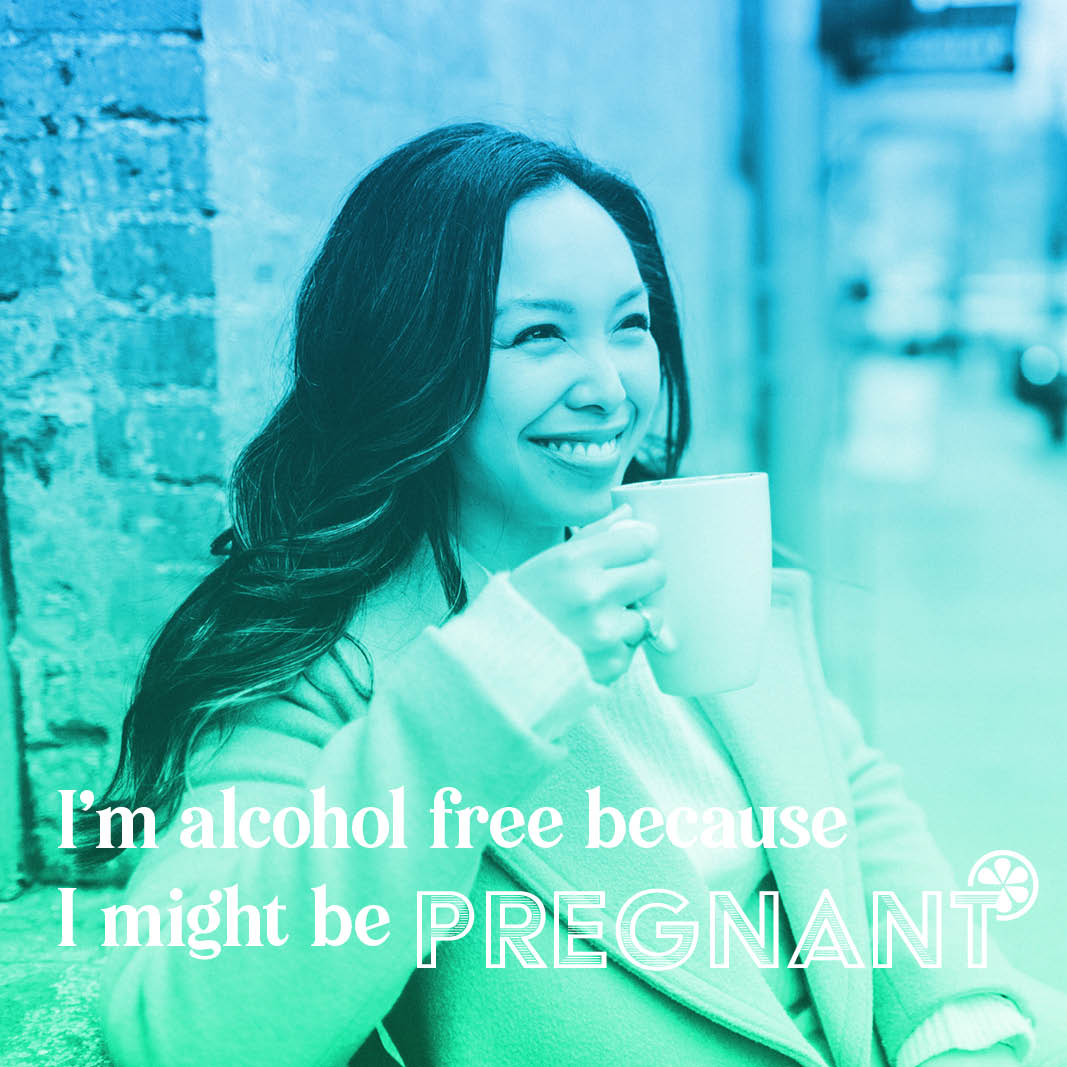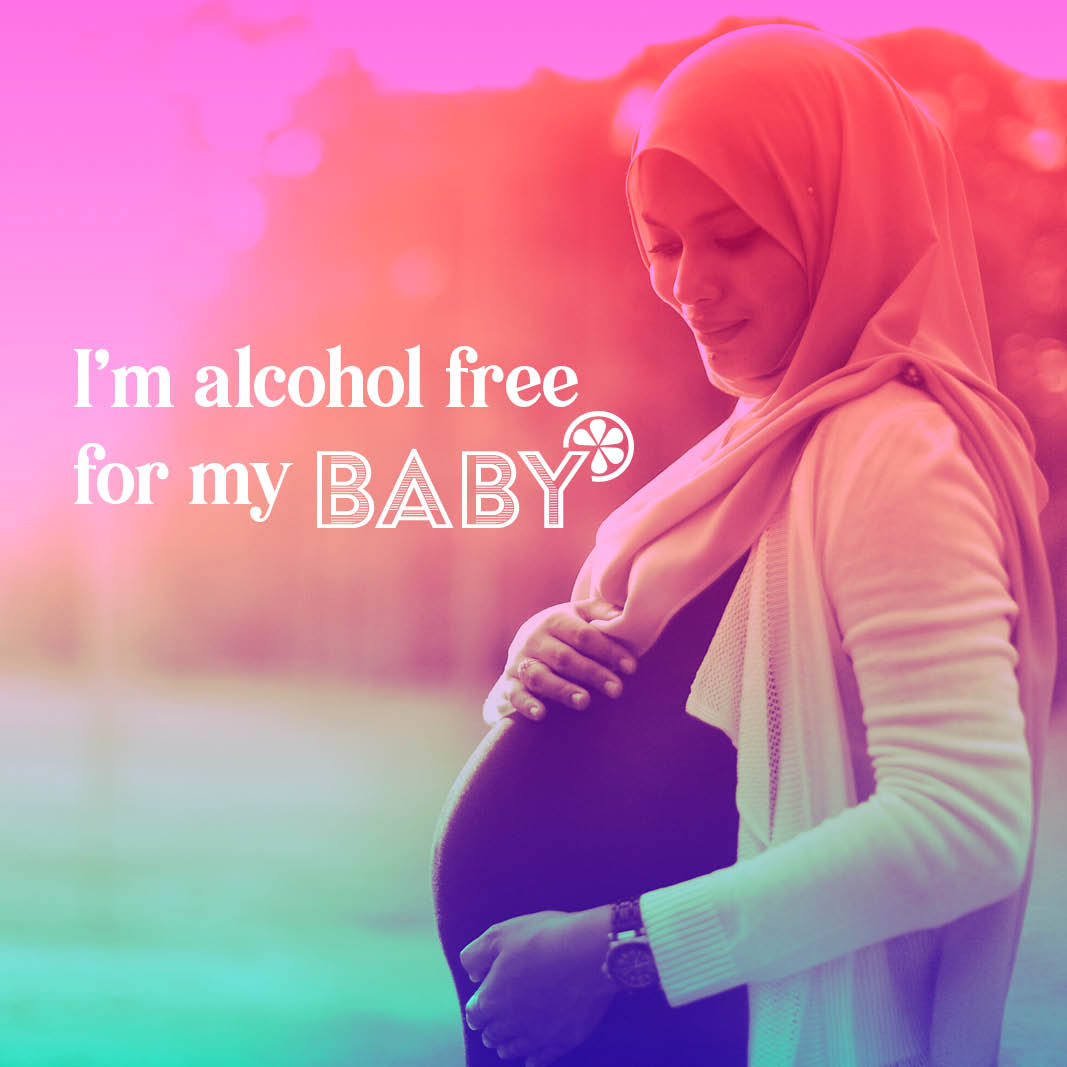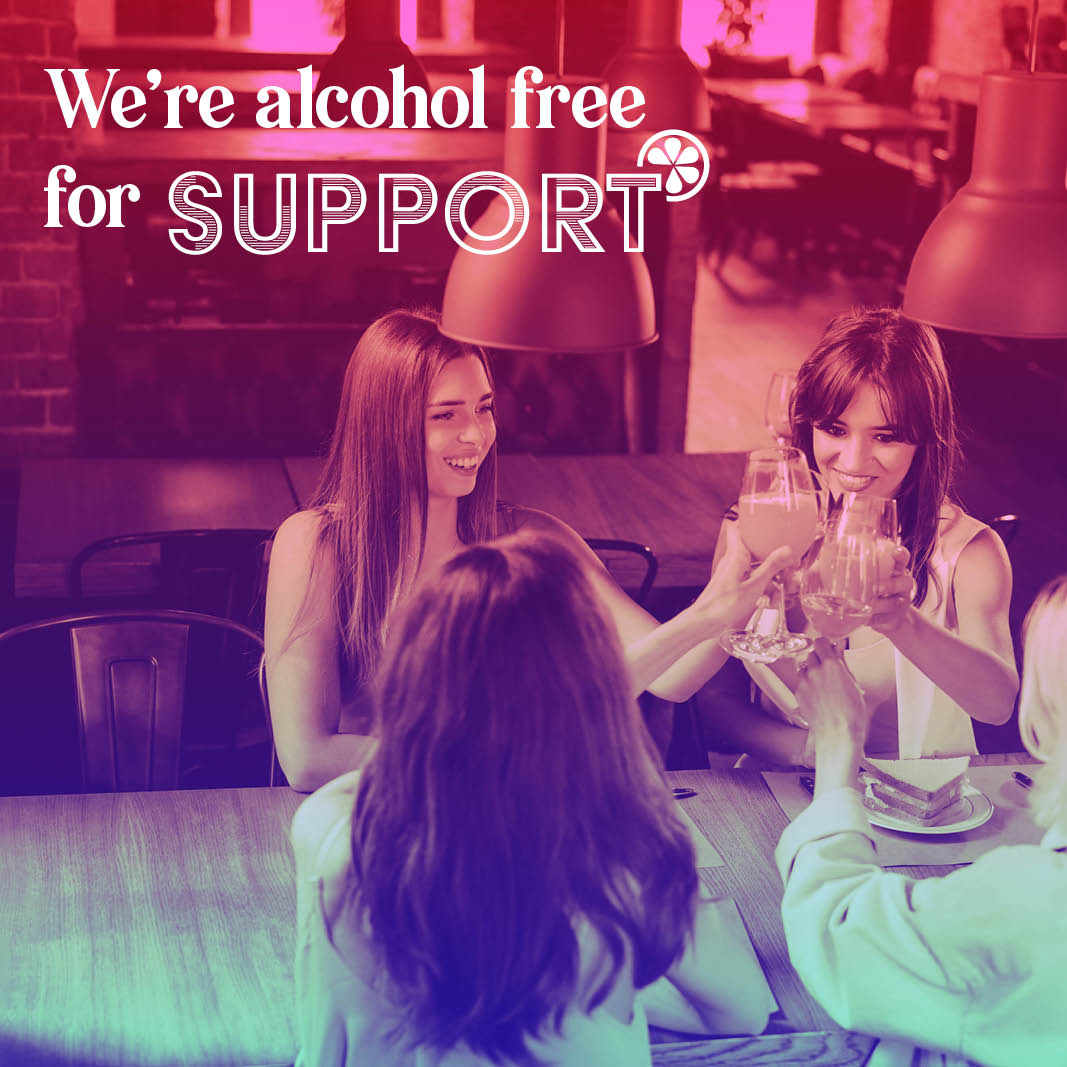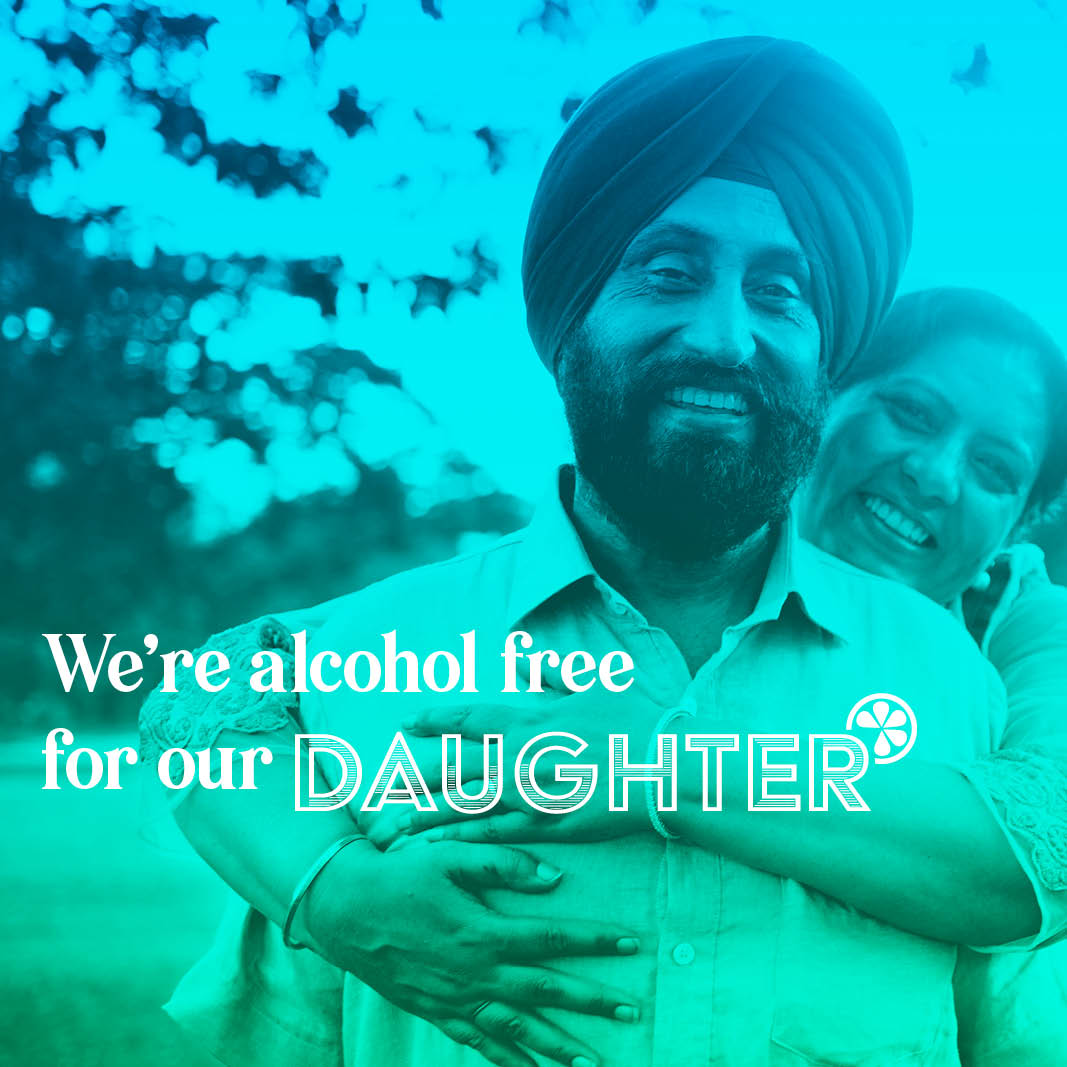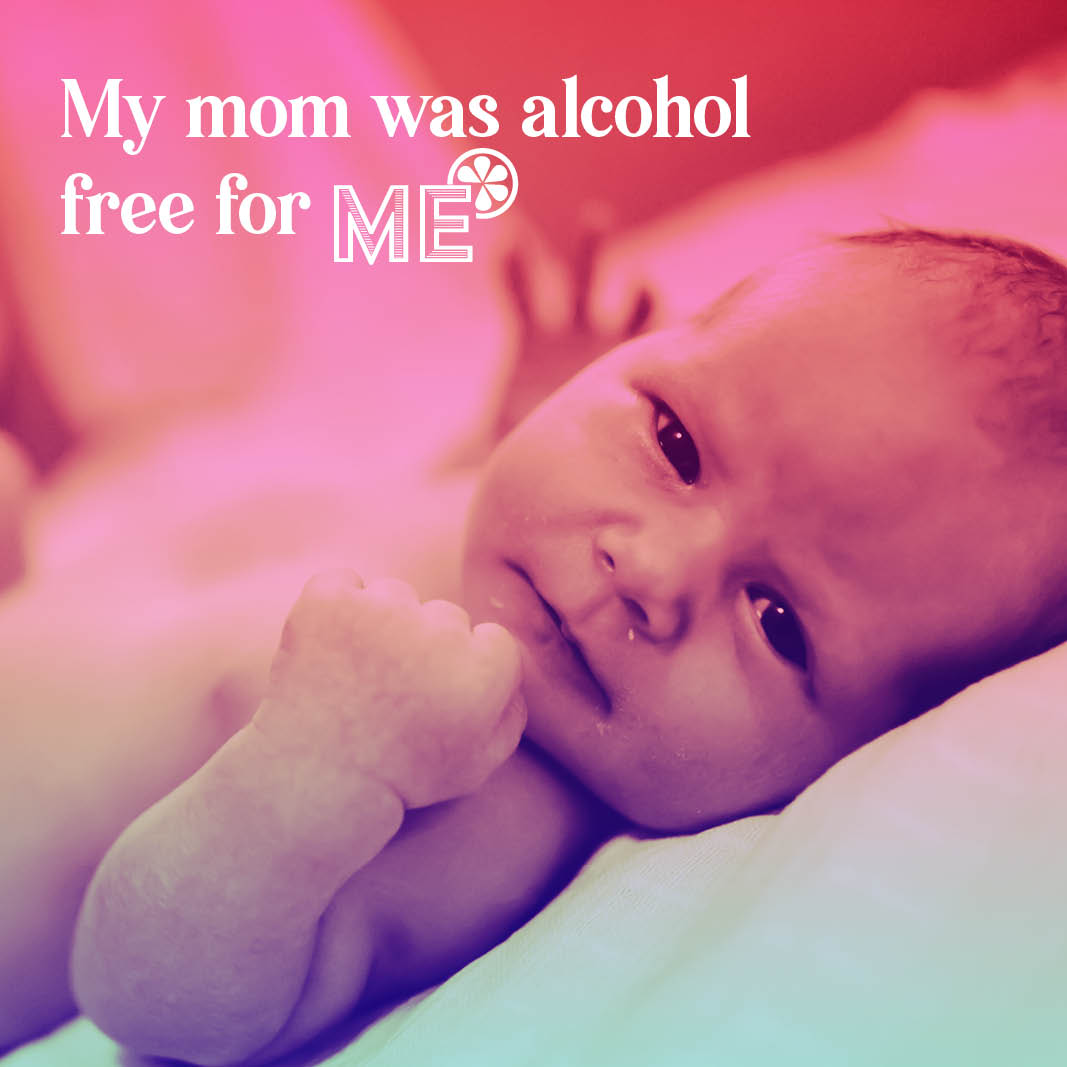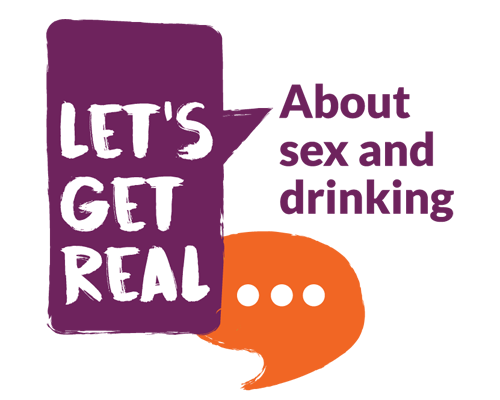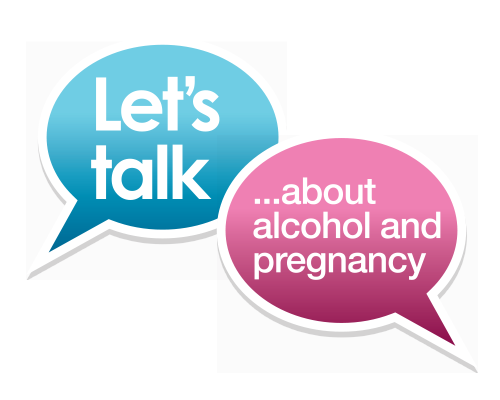Safest not to drink alcohol during pregnancy.
Zero Limit : Zero Risk

Myths vs Truths
What we know about FASD
The Truth: You often can‘t tell if someone has FASD just by looking at them.
Less than 10% of people with prenatal alcohol exposure have visible facial differences, as there is only a short period of time during the pregnancy when alcohol affects facial features. That is why FASD may be viewed as an “invisible disability.”
The Truth: There is no known safe amount of alcohol to drink during pregnancy. Experts recommend that the safest option is no alcohol at all.
ZERO alcohol is safest
But there are a number of reasons someone may drink during pregnancy, including:
- Not knowing the risks of drinking during pregnancy
- Not knowing they are pregnant
- Using alcohol to cope with trauma or violence
- Pressure from a partner
- Substance use challenges
Go alcohol-free if you are pregnant, planning a pregnancy, or having unprotected sex.
The Truth: The brain damage associated with FASD makes it difficult if not impossible for individuals to control their behaviour. It is not a choice.
People with FASD may experience many challenges. Approximately 90% of people with FASD will experience mental health challenges at some point.
The Truth: FASD is a permanent, life-long disability that often creates greater challenges in adulthood, when its behavioural consequences become less acceptable.
FASD is a WHOLE BODY DISORDER; it affects both the brain and the body.
The Truth: The only known cause of FASD is a woman’s consumption of alcohol during pregnancy. However, expectant fathers can play a key role in prevention by supporting their partners in the decision not to drink alcohol during pregnancy.
